Young people embrace traditional Chinese medicine
2024-10-23 11:33:56
CHONGQING (CQNEWS) -- Traditional Chinese Medicine (TCM), a treasure of Chinese culture, embodies thousands of years of wisdom and experience. At Chongqing College of Traditional Chinese Medicine, young students are immersing themselves in this rich heritage. As the only independent institution of higher education dedicated to TCM in Chongqing, the university plays a pivotal role in cultivating the next generation of TCM practitioners. On October 22, World Traditional Medicine Day, let’s explore how these students are breathing new life into TCM and making it relevant for the modern world.
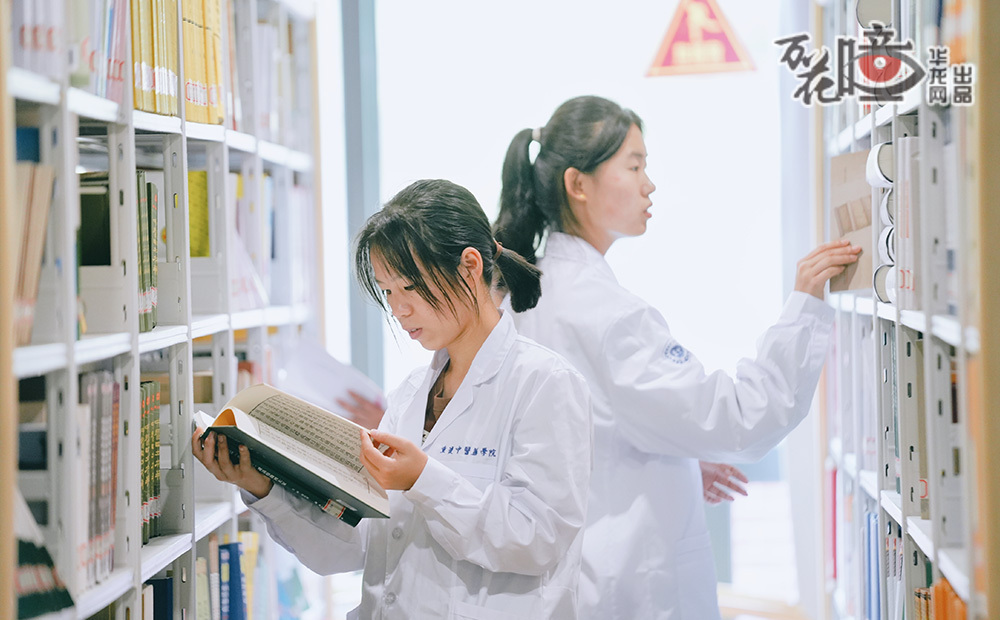
In an era driven by cutting-edge technology, these students are drawn to the profound and expansive world of TCM. Captivated by its unique charm and timeless relevance, they have dedicated themselves to mastering this ancient and mysterious healing art.
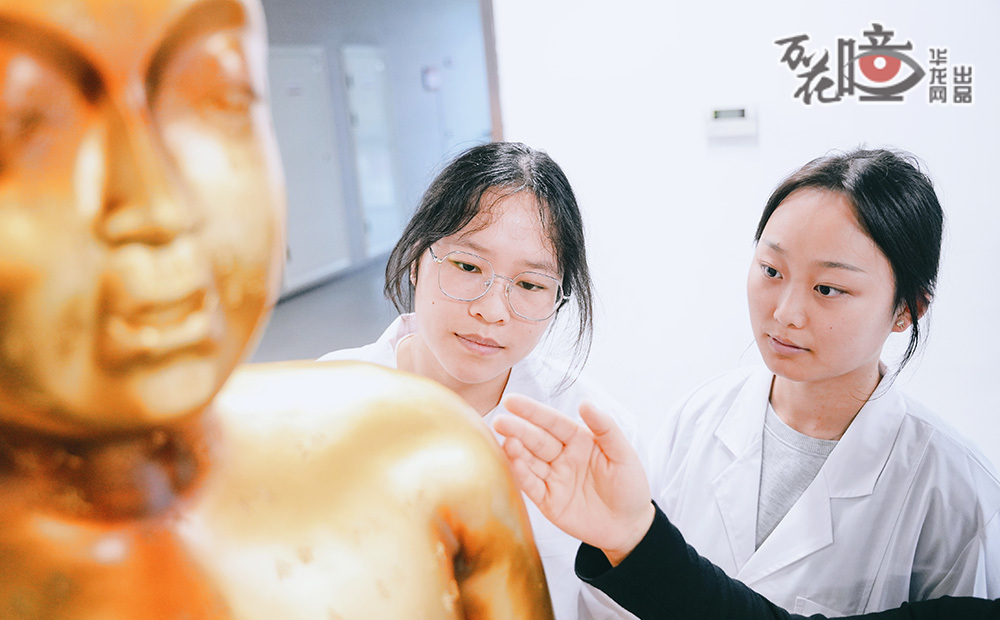
For many, their passion for TCM is deeply rooted in their admiration for traditional Chinese culture. By studying TCM, they not only gain insight into the mysteries of medicine and the balance between nature and the human body but also take on the noble responsibility of passing down this ancient knowledge.
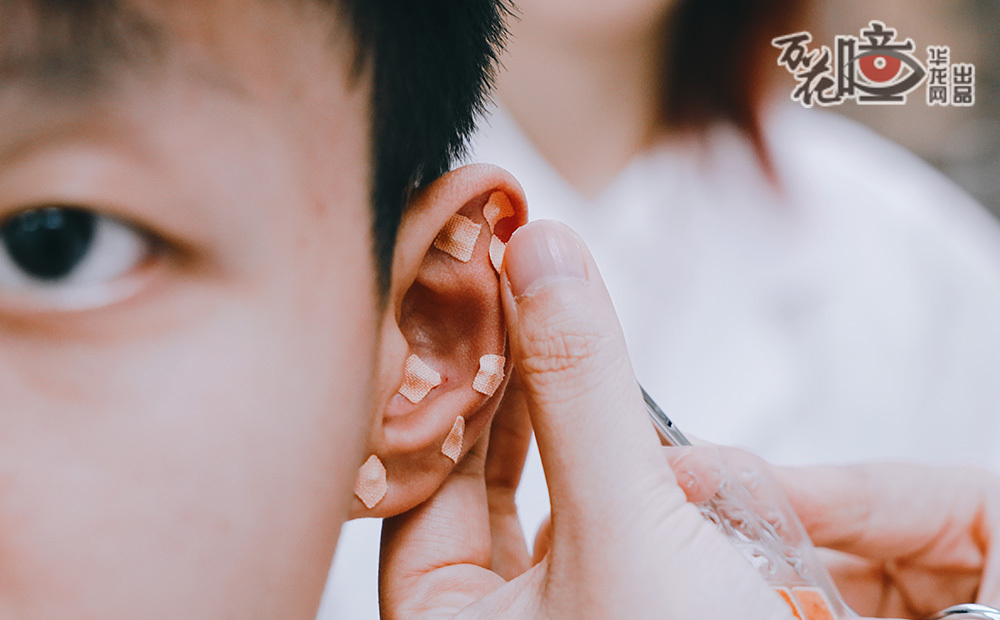
Learning the precise art of locating acupuncture points and inserting needles is fundamental in TCM. However, for patients like infants, the elderly, or those unsuitable for acupuncture, auricular therapy offers a valuable alternative. According to TCM, the ear reflects the state of the entire body. By stimulating specific points on the ear, practitioners can regulate bodily functions quickly and conveniently, providing a non-invasive treatment option.
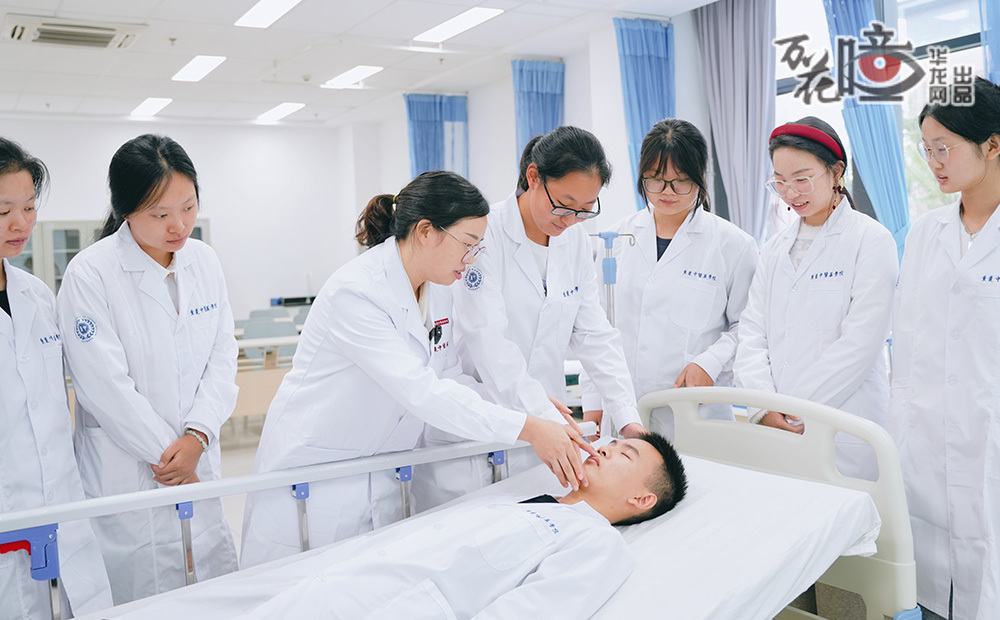
In TCM, the philtrum point is an essential emergency acupuncture point, frequently used in clinical practice. For instance, pinching the philtrum can restore consciousness in cases of fainting or coma. It is also effective in managing pain, including headaches, toothaches, and lower back pain. Beyond emergencies, stimulating the philtrum point can alleviate fatigue, calm the mind, and even provide relief from fever, making it a versatile tool in a TCM practitioner's arsenal.
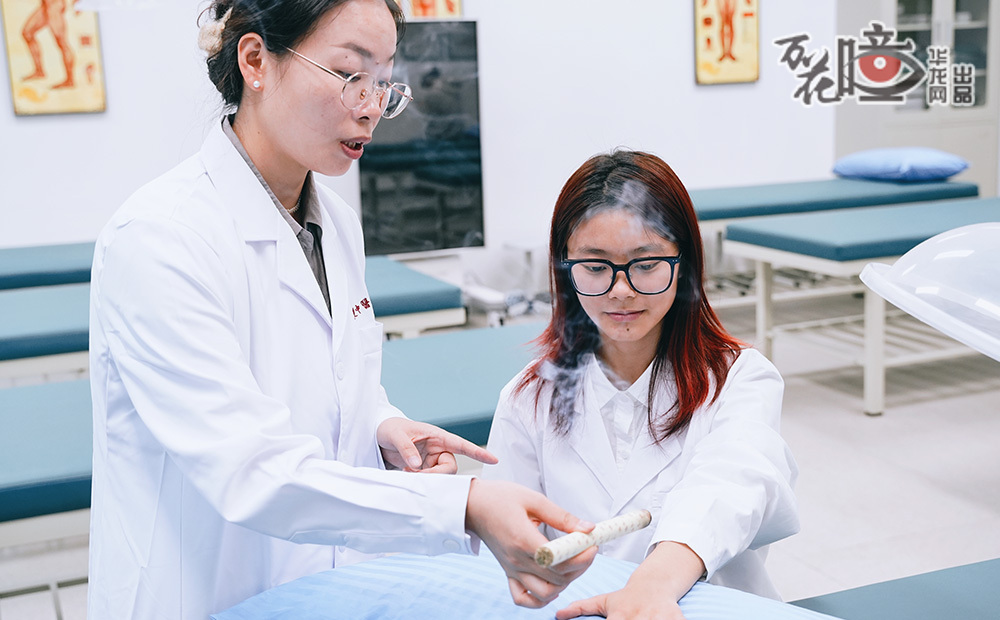
Moxibustion therapy, a core TCM therapy, uses the heat generated by burning herbs to stimulate acupuncture points and treat ailments. For students learning TCM, mastering this technique is a must. As technology advances, so does moxibustion. New devices and products have made it easier, more efficient, and more accessible, blending tradition with modernity to enhance therapeutic outcomes.
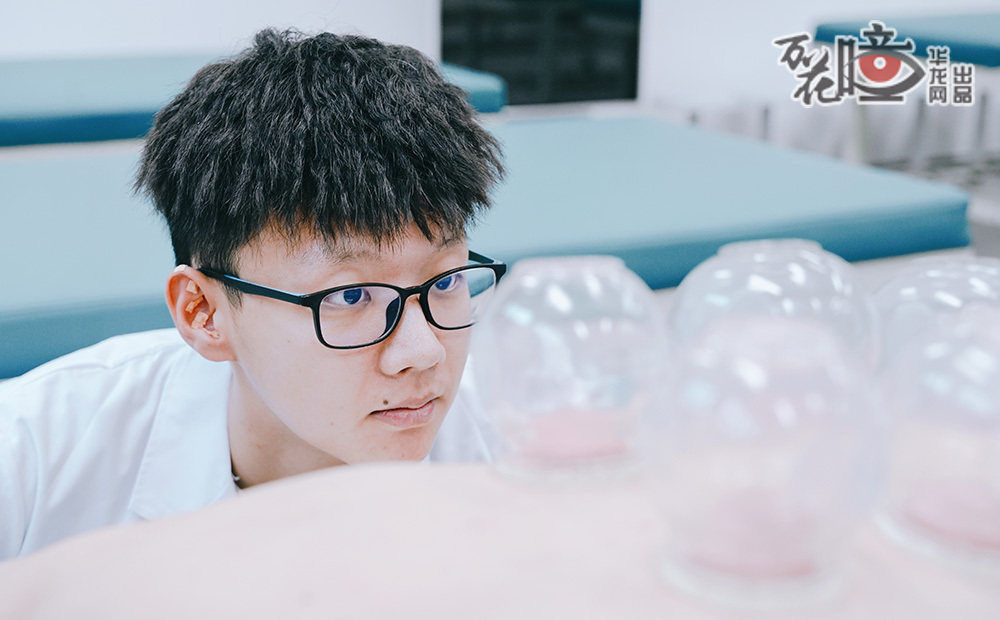
Cupping therapy, an ancient treatment method that remains popular today, is also an essential skill for TCM practitioners. Modern TCM practitioners are integrating contemporary medical knowledge into this practice, using it not only for ulcers but also for treating internal ailments like colds, fevers, and rheumatism, some gynecological diseases, and skin diseases.
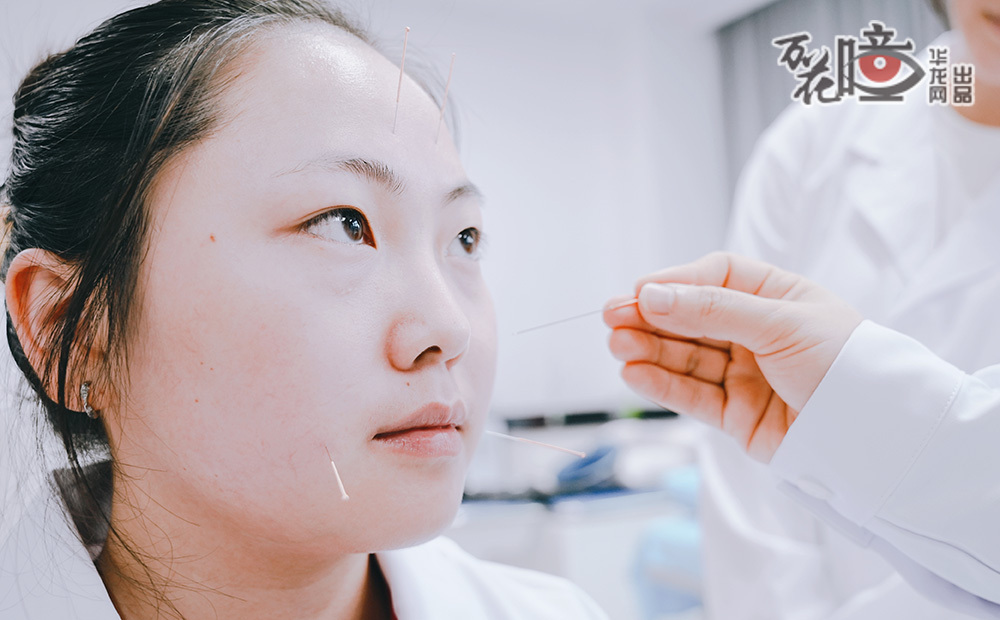
Acupuncture, by precisely stimulating specific points, serves to strengthen the body's defenses and eliminate pathogenic factors. Today, it is not just for treating illness; it also plays a growing role in beauty and skincare. TCM experts have discovered that by stimulating facial acupuncture points, this therapy helps promote blood circulation and unblock meridians, achieving results such as firming the skin, reducing wrinkles and freckles, and brightening the complexion.
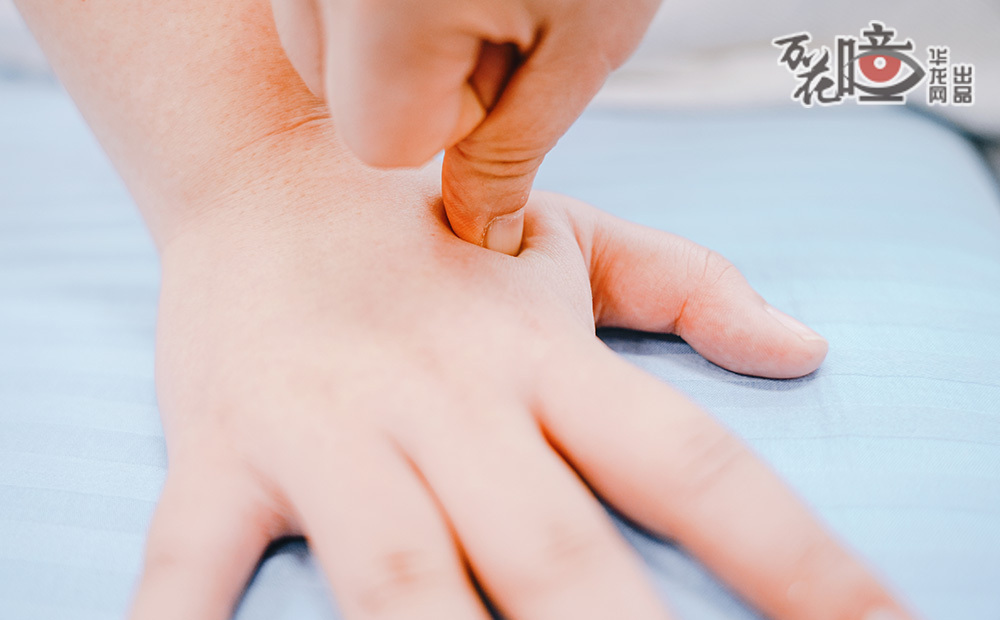
In the fast-paced modern world, people are increasingly concerned about their health. Traditional Chinese massage, known for its natural, side-effect-free therapy that resonates with modern lifestyles, is gaining popularity among many.
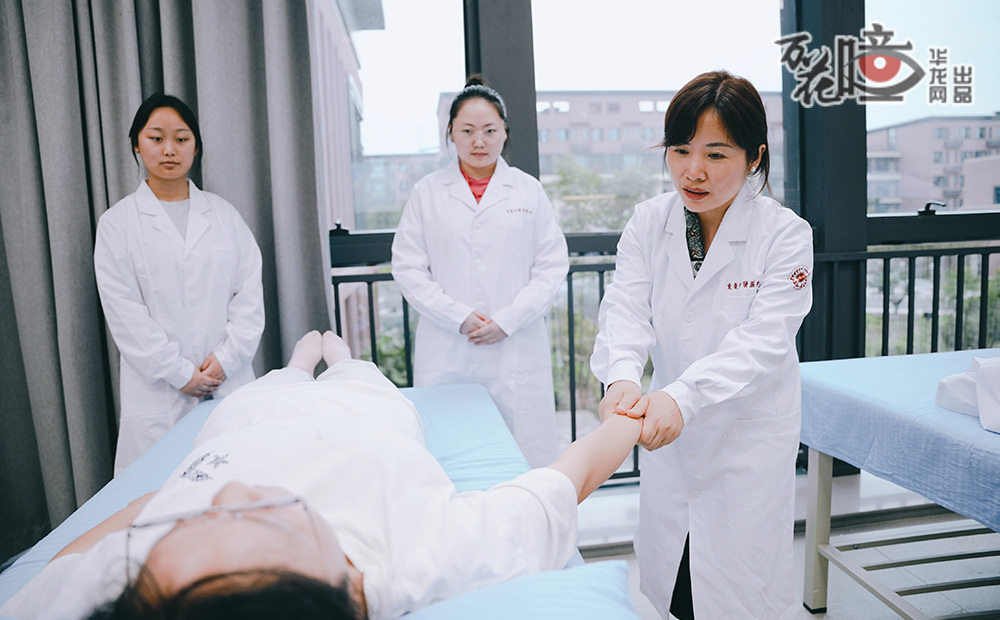
With the advancement of modern technology and the growing demand for health preservation, TCM practitioners are innovating, blending ancient techniques with modern scientific knowledge, such as anatomy and biomechanics, to make massage therapies more precise and effective.
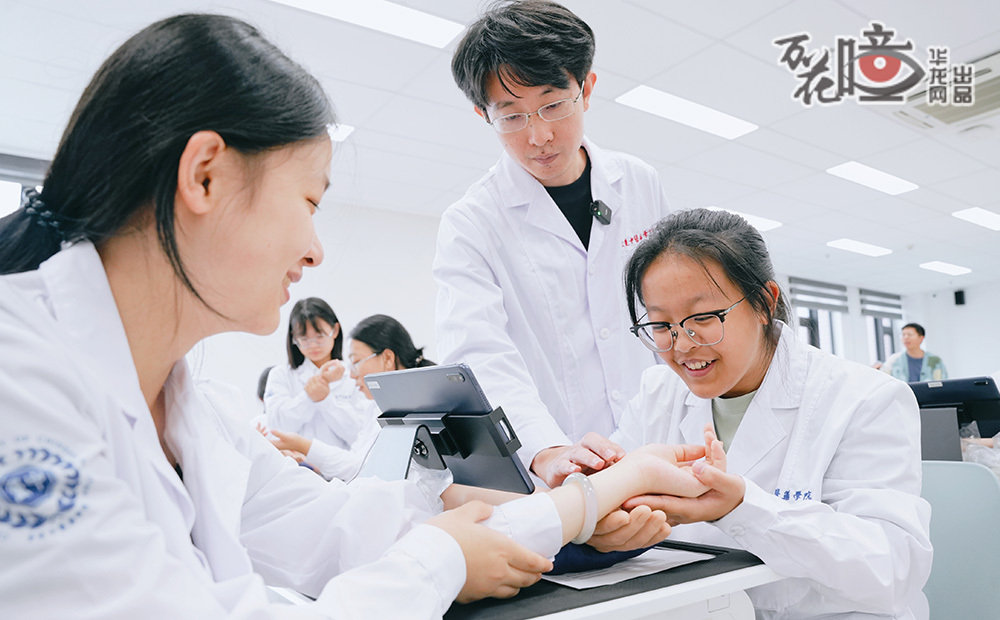
Pulse diagnosis, one of the four essential diagnostic methods in TCM, remains a cornerstone of TCM practice. Traditionally, it required years of experience to master, but today’s pulse diagnosis devices can assist students in learning and practicing. These devices also enable remote consultations, allowing TCM practitioners to monitor and follow up with patients online.
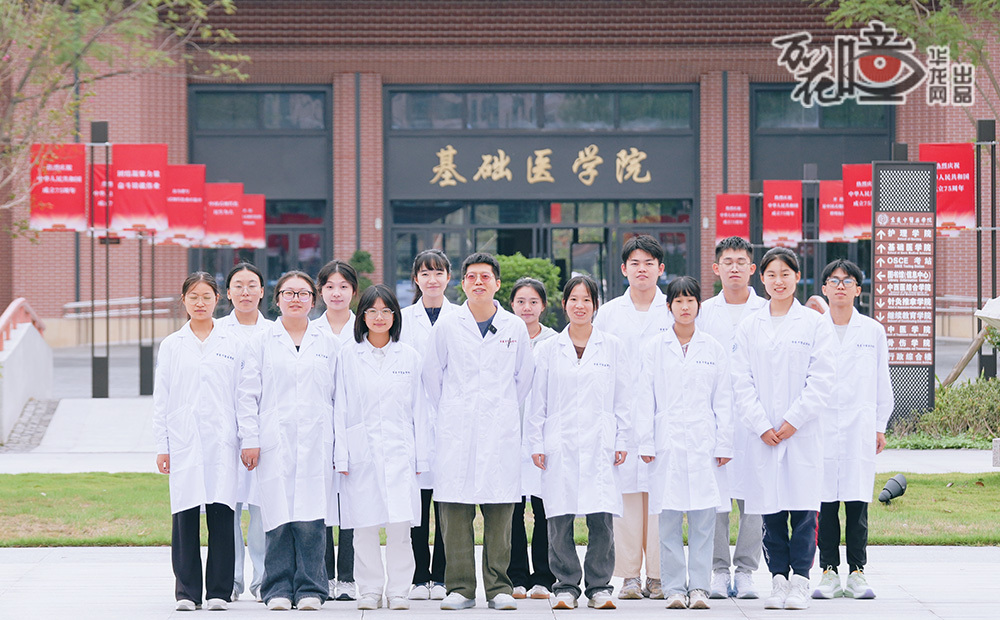
In recent years, a health preservation trend has emerged among young people, with the idea of “integrating TCM into daily life” becoming a new health philosophy. Behind this movement, it is a new generation of TCM practitioners who are dedicated to balancing tradition with innovation, ensuring that TCM continues to thrive in today’s world. (Translated by Yuki, Fathom Language Limited)
Editor:江夷玮
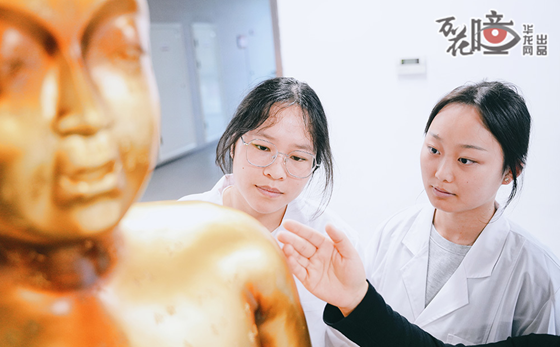
 手机阅读分享话题
手机阅读分享话题